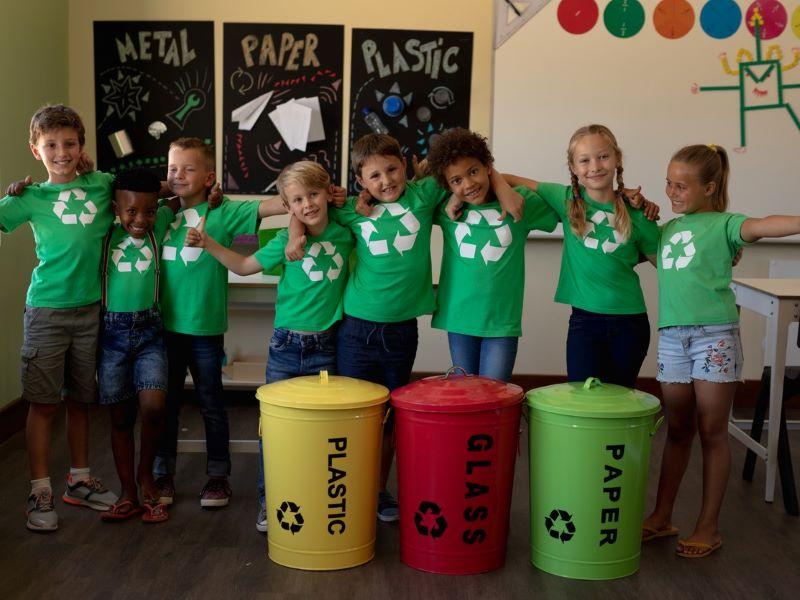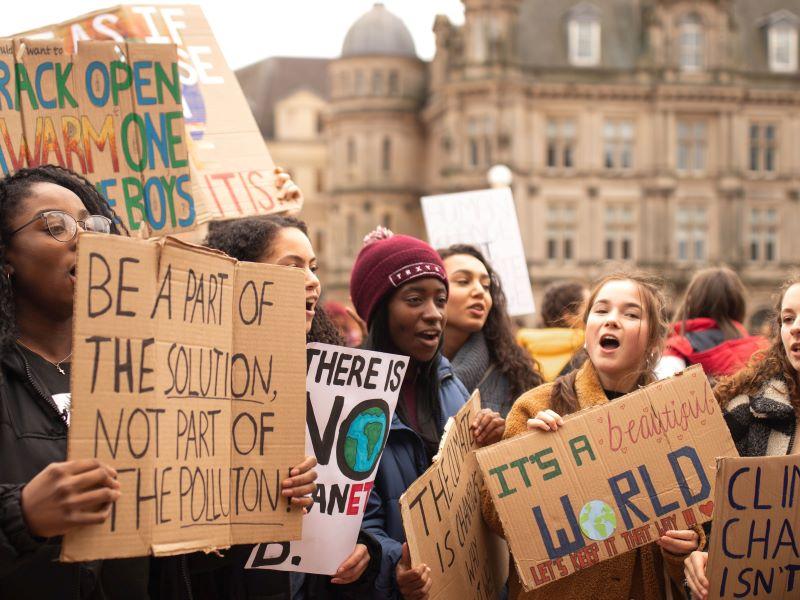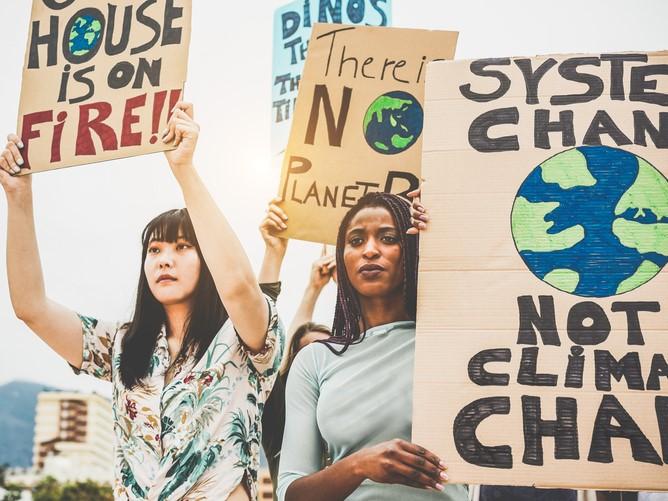As with most global challenges, tackling the climate crisis has education at its heart. This emergency touches every corner of the world and affects us all. However, the way the climate is changing, and how the changes impact local communities and systems vary drastically. Knowledge of global and local climates and how they are changing can not only empower individuals, communities and businesses to tackle the causes and impacts of this wicked problem but can also help them adapt to the changes we are already locked into, build resilience and reduce risk.
Access to climate information is unequal and incomplete. In some parts of the world, there are many freely available sources of information, but it is not always accessible or known about. In other parts of the world, educational resources on climate change are lacking. Information may exist but it is locked up behind paywalls or presented in inaccessible technical language.
- Greener life science labs: the challenge to save energy and reduce waste
- Accelerating towards net zero emissions: how to mobilise your university on climate action
- Achieving SDG 4.7 by matching sustainability learning outcomes to subject-specific curricula: a guide
So, how do we change this? Here are some important criteria to consider when developing, designing, and delivering climate education to ensure that anyone can engage with it.
Develop free and open access resources
Some groups are disproportionately vulnerable to the impacts of the climate crisis, including poor communities, women, children, the elderly, minority communities, migrants and displaced people, and those with underlying health conditions.
These groups also often have decreased access to reliable traditional forms of education. This is why institutions such as the University of Edinburgh are committed to designing and delivering a range of open access digital climate solutions courses that are free and open to all. While these courses are restricted to those who have internet access, the materials can be freely and easily accessed from any time zone, at any time of day or night, and from any location with a mobile network signal. This flexibility and lack of a paywall lowers significant barriers to educational access for many of the most vulnerable.
Design for…
…accessibility from the beginning.
About 15 per cent of the world’s population lives with a significant form of mental or physical disability. Not only do these individuals make up a large and important part of the global community, but they are often also more vulnerable to the climate crisis. Therefore, it is important that any climate education is designed with accessibility in mind from the start. Here are just a few ideas for improving accessibility:
- Ensure the content is well spaced using plain fonts for easy reading.
- Only use underlining for links and ensure links have descriptive text (not “click here”).
- Give all non-text content (tables, images etc) alt text descriptions.
- Provide captions and downloadable transcripts for all videos and audio clips.
- Ensure all tables have headings and use nested HTML headings where available.
- Use a contrast checker to ensure that all text and imagery is legible (aim for Level AA at a minimum).
…clarity and comprehension for a global audience.
The vast majority of open access climate information is published in English. While English is the most widely spoken language, it is only spoken by 18 per cent of the world’s population, and for most of these people, it is a second language. It is therefore important that educational information on the climate crisis is provided in more languages to reach a wider audience. The delivery should be accessible and understandable to a full range of speakers of each language, avoiding excessing technical jargon, long sentences and passive writing.
…multiple means of engagement.
We all learn differently so it is important that educators connect with students in a variety of ways and invite them to do the same. While delivering educational information all in one format can sometimes be appropriate, using a mix of formats may help keep students focused and engaged for longer, allowing for more information to be shared and absorbed successfully. There is a large range of ways to share material, including videos, audio, text and images.
Similarly, when asking students to interact with resources, providing a range of options may help them explore the material from more angles and demonstrate their knowledge successfully. These include self-assessing quizzes, open discussion forums, interactive activities, games, whiteboards and blogs.
…diversity, collaboration, and interaction.
There is a documented bias in climate information based on the lack of diversity of authors of climate change publications. Ensuring that the team putting together future educational information on the climate crisis is not only qualified for the task, but is also diverse in terms of gender, race, nationality, research focus and so on will reduce this bias and provide students with a range of perspectives and experiences from which to learn.
Allowing students to collaborate and interact with a diverse team of staff and fellow students will expose students to a larger range of opportunities and challenges that exist for different individuals, businesses and communities. This diversity, interactivity and collaboration will help students better understand the impact of the climate crisis not only on themselves but on people who are different from them. Understanding the inequality and variety in the impacts of the climate crisis will help students better appreciate how to harness not only a good solution but a sustainable, implementable one.
Target your audience
When writing about the climate crisis, it is easy to get bogged down in the science. I’m not saying the facts and figures are not important – of course they are! However, to ensure lifelong engagement with the subject, it is important that you target your audience and make them care from the very start. So, how do you do that? Well, here I’ll hand over to climate scientist Katherine Hayhoe, who offers really useful advice on communicating climate change concerns by finding common ground with your audience.
Shout about it from the rooftops!
So, now you’ve created an amazing, engaging and accessible educational resource, but no one knows about it. So make sure you use all the communication tools at your disposal, from social media to professional networks to dedicated marketing channels to ensure it reaches as many people as possible.
Erika Warnatzsch is a digital education designer and university teacher in carbon management in the School of GeoSciences at the University of Edinburgh.
If you would like advice and insight from academics and university staff delivered direct to your inbox each week, sign up for the Campus newsletter.




comment